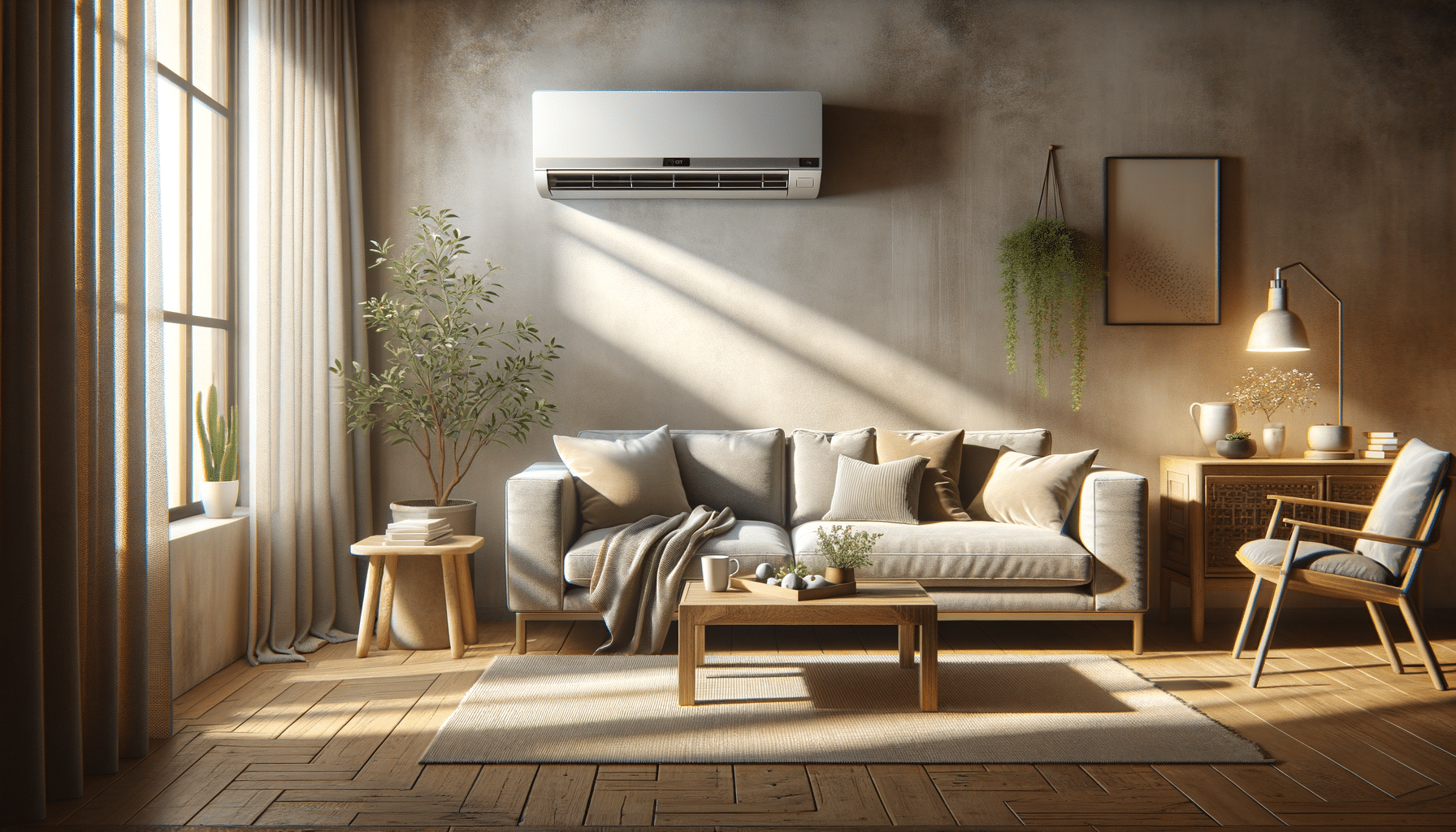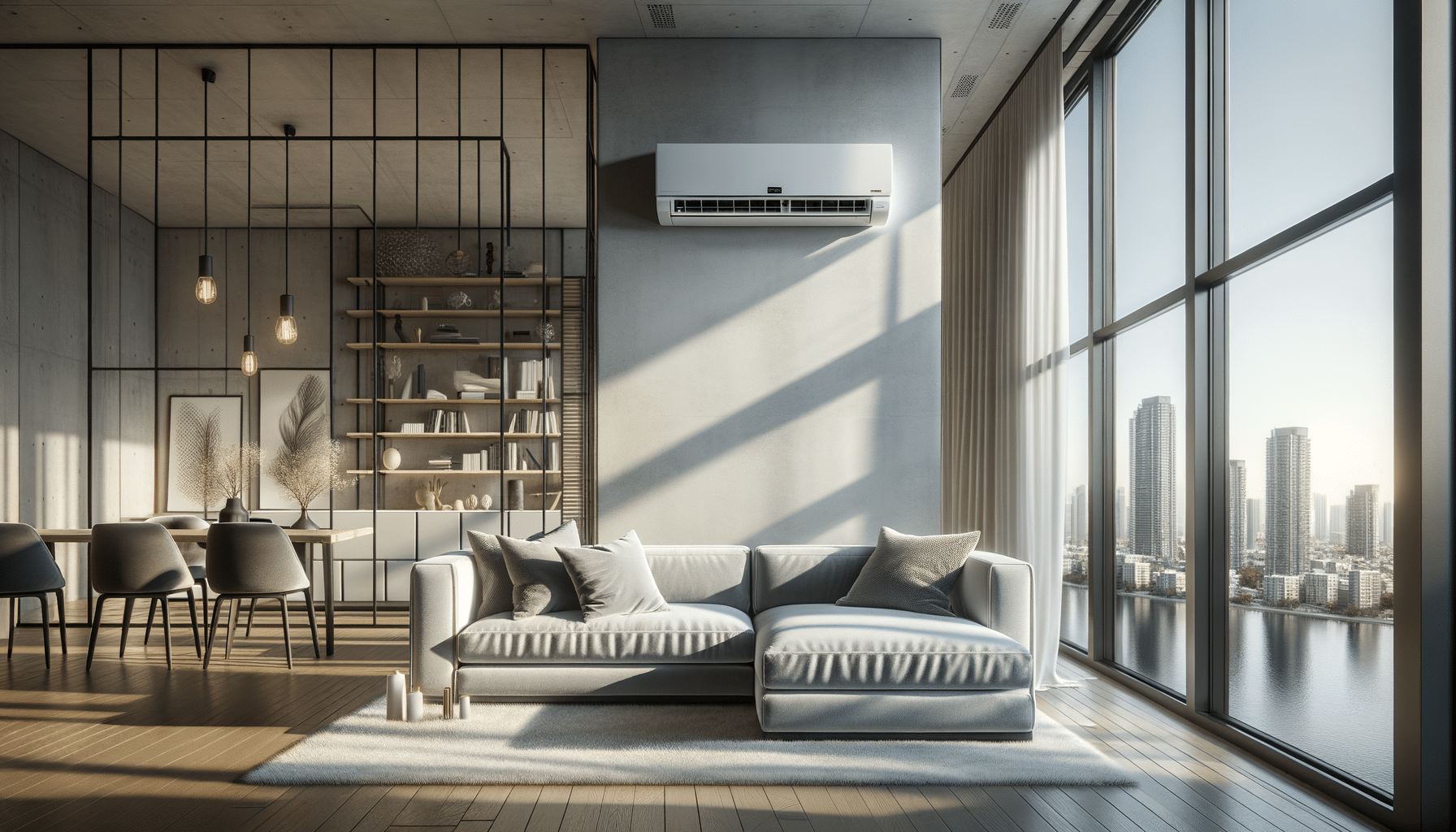
Ductless Air Conditioner Units: Efficient Cooling for Your Home
Introduction to Ductless Air Conditioner Units
Ductless air conditioner units, also known as mini-split systems, have become increasingly popular as an efficient and flexible solution for home cooling. Unlike traditional central air systems, ductless units do not require extensive ductwork, making them an attractive option for both new constructions and retrofitting older homes. They offer a host of benefits, including energy efficiency, ease of installation, and customizable climate control, making them a compelling choice for modern homeowners looking to optimize their indoor comfort without the hassle of traditional systems.
These systems consist of an outdoor compressor and one or more indoor air-handling units, which are connected by a conduit housing the power cable, refrigerant tubing, suction tubing, and a condensate drain. This design allows for a more precise cooling experience, as each indoor unit can be controlled independently, providing tailored comfort in different areas of your home.
In this article, we will explore the various aspects of ductless air conditioner units, including their benefits, installation process, energy efficiency, and potential drawbacks. Whether you’re considering upgrading your current system or installing a new one, understanding these elements will help you make an informed decision that aligns with your cooling needs.
Benefits of Ductless Air Conditioner Units
One of the most significant advantages of ductless air conditioner units is their energy efficiency. Traditional systems often lose energy through ductwork, with estimates suggesting up to 30% loss due to leaks, holes, and poorly connected ducts. Ductless systems eliminate this issue, providing an efficient cooling solution that can significantly reduce energy consumption and utility bills.
Additionally, ductless units offer flexibility in installation. They can be mounted on walls or ceilings, and their compact size makes them suitable for a variety of spaces, from small apartments to large homes. This flexibility extends to the ability to create different zones within a home, allowing for personalized climate control in each room or area. This zoned approach not only enhances comfort but also contributes to energy savings, as you can cool only the spaces in use.
Another benefit is the improved air quality that ductless systems can provide. Many models include advanced filtration systems that can reduce allergens, bacteria, and other particulates, contributing to a healthier indoor environment. This feature can be particularly beneficial for households with allergy sufferers or those concerned about indoor air quality.
- Energy efficiency without ductwork losses
- Flexible installation options
- Customizable climate control zones
- Enhanced indoor air quality
Installation Process of Ductless Air Conditioner Units
The installation process for ductless air conditioner units is typically straightforward and less invasive than that of traditional systems. Because they do not require ductwork, installation can often be completed in a day, depending on the number of indoor units required. This efficiency reduces labor costs and minimizes disruption to your home life.
Installation begins with selecting the appropriate locations for the indoor units and the outdoor compressor. The indoor units are typically mounted high on walls or in ceilings, ensuring they distribute air effectively throughout the room. The outdoor compressor is placed on a concrete pad or mounted on a wall bracket, depending on the available space and environmental conditions.
Once the units are positioned, a small hole is drilled through the wall to connect the indoor and outdoor components via the conduit. This step is crucial as it houses the necessary cables and refrigerant lines. After the connections are made, the system is charged with refrigerant and tested to ensure proper operation.
While the installation process is generally straightforward, it is advisable to hire a professional HVAC technician to ensure that the system is set up correctly and safely. Professional installation can help avoid potential issues down the line and ensure optimal performance of your ductless air conditioner units.
Energy Efficiency and Cost Savings
Ductless air conditioner units are renowned for their energy efficiency, which translates into significant cost savings over time. Their design allows for efficient operation, with some models achieving energy efficiency ratios (EER) and seasonal energy efficiency ratios (SEER) that surpass those of traditional systems. This efficiency is achieved through advanced technologies such as variable-speed compressors and inverter-driven systems that adjust the cooling output based on the room’s needs, rather than cycling on and off at full capacity.
By using only the necessary amount of energy to maintain the desired temperature, ductless systems can reduce energy consumption significantly. This reduction not only lowers utility bills but also decreases the carbon footprint of the household, contributing to a more sustainable living environment.
Additionally, the ability to create zones within the home allows users to cool only the areas in use, further enhancing energy efficiency. This targeted cooling approach ensures that energy is not wasted on unoccupied spaces, maximizing savings without sacrificing comfort.
- High EER and SEER ratings
- Variable-speed compressors for efficient operation
- Potential for significant utility bill savings
- Reduced carbon footprint
Potential Drawbacks and Considerations
While ductless air conditioner units offer numerous benefits, there are some potential drawbacks and considerations to keep in mind. One of the primary concerns is the initial cost of the system, which can be higher than that of traditional systems. However, this upfront investment is often offset by the long-term energy savings and reduced installation costs.
Another consideration is the aesthetic impact of the indoor units. While they are designed to be sleek and unobtrusive, they are still visible within the room, which may not appeal to everyone’s design preferences. However, the benefits of improved air quality, energy efficiency, and customizable comfort often outweigh these aesthetic concerns.
Maintenance is another factor to consider. While ductless systems generally require less maintenance than traditional systems, they still need regular cleaning and filter changes to operate efficiently. Neglecting maintenance can lead to reduced performance and increased energy consumption over time.
Overall, the decision to install a ductless air conditioner unit should be based on a careful evaluation of your specific cooling needs, budget, and design preferences. Consulting with an HVAC professional can provide valuable insights and help determine if a ductless system is the right fit for your home.


